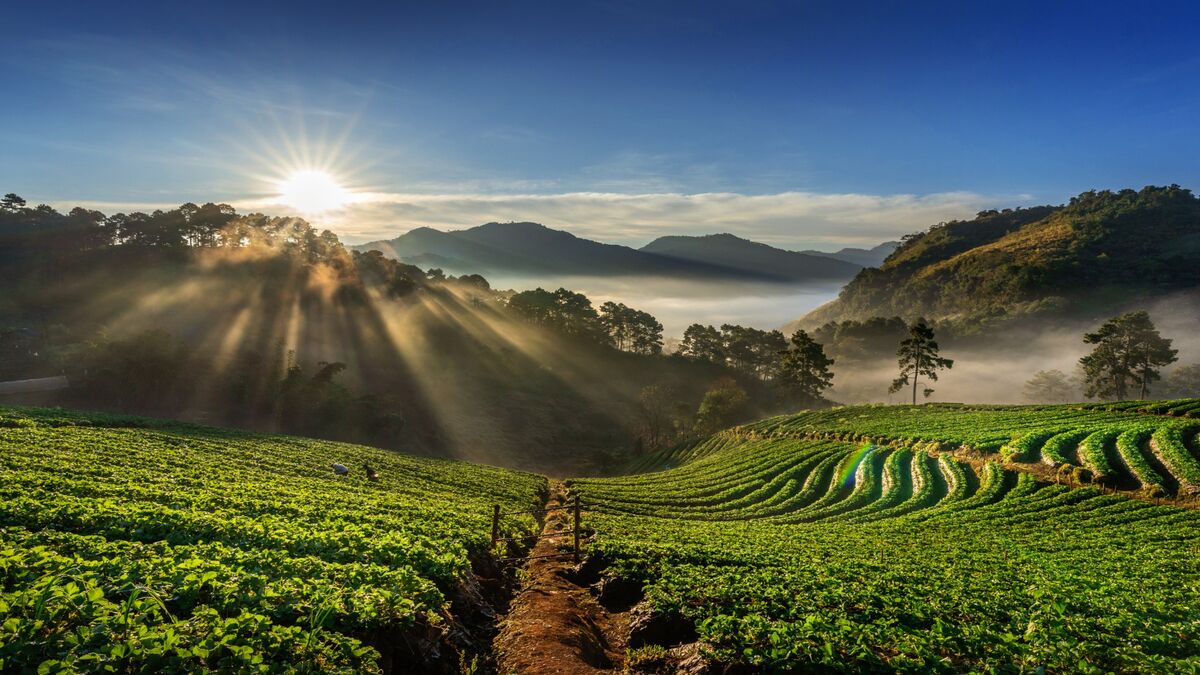
Coorg, often called the “Scotland of India,” is a picturesque hill station in Karnataka known for its lush coffee plantations, rolling hills, and mist-covered landscapes. Popular attractions include Abbey Falls, Raja’s Seat, Dubare Elephant Camp, and the Namdroling Monastery. The region is also a paradise for trekkers, with trails leading to scenic viewpoints like Tadiandamol Peak and Brahmagiri Hills. The aroma of fresh coffee and the serene environment make Coorg a perfect escape for nature lovers.
The culture of Coorg is equally captivating, with the Kodava people known for their warm hospitality, distinct attire, and vibrant festivals such as Kailpodh and Puthari. Local cuisine, featuring spicy pork curry (Pandi Curry) and Akki Rotti, offers a flavorful experience for food enthusiasts. Visitors can also indulge in plantation tours to learn about coffee processing and spice cultivation.
Apart from its natural and cultural charm, Coorg offers adventure activities like river rafting in the Barapole River, camping under starry skies, and jeep safaris through dense forests to spot wildlife such as elephants, deer, and exotic birds. The tranquil environment, combined with the thrill of exploration, makes it a destination that caters to both relaxation seekers and adventure enthusiasts alike.
Best time to visit: October to March
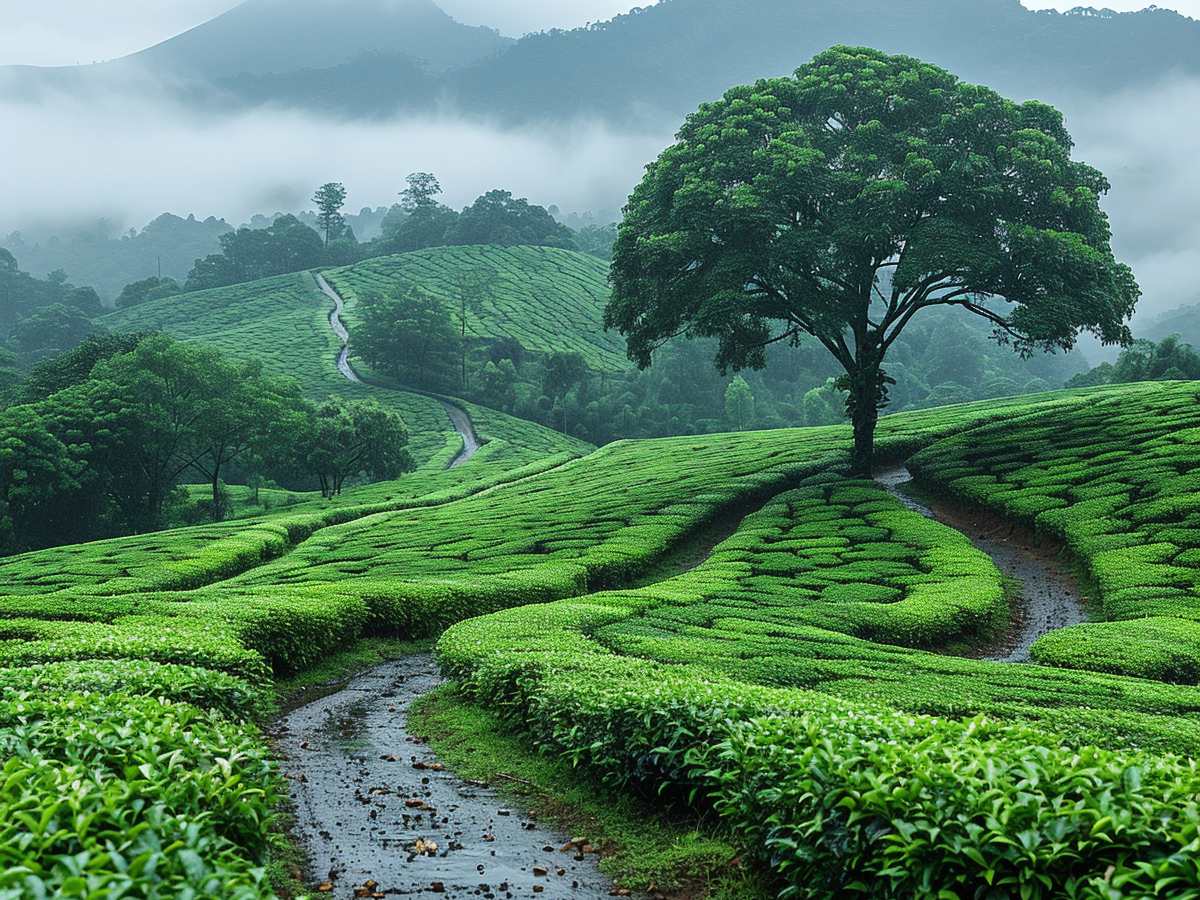
Chikmagalur, often called the “Coffee Land of Karnataka,” is a serene hill station nestled in the foothills of the Mullayanagiri range. Famous for its lush coffee plantations, it offers mesmerizing views of rolling hills covered in greenery. Visitors can explore the Mullayanagiri Peak, the highest point in Karnataka, which is perfect for trekking and photography. The aroma of fresh coffee fills the air, making the town a paradise for coffee lovers.
Beyond its plantations, Chikmagalur boasts beautiful waterfalls like Hebbe Falls, Jhari Falls, and Kalhatti Falls, where cascading waters surrounded by dense forests create a magical atmosphere. Wildlife enthusiasts can also visit the Bhadra Wildlife Sanctuary, home to tigers, leopards, elephants, and various species of birds. The region’s cool climate and peaceful surroundings make it an ideal place for a relaxing getaway.
Chikmagalur is also culturally rich, with ancient temples such as the Horanadu Annapoorneshwari Temple and Sringeri Sharada Peetham offering spiritual solace. Adventure seekers can enjoy activities like mountain biking, trekking, and camping amidst the scenic landscapes. The journey through winding roads and misty hills itself feels like a visual treat for the soul.
The best time to visit Chikmagalur is from September to March, when the weather is pleasant and perfect for outdoor activities. Monsoon months (June to August) drape the hills in lush greenery, making it equally stunning, though heavy rains may limit travel to some spots. This blend of nature, adventure, and cultural heritage makes Chikmagalur one of Karnataka’s most captivating destinations.
Best time to visit: September to March

Mysore, located in Karnataka, is a city known for its royal heritage, magnificent palaces, and vibrant culture. The grand Mysore Palace is its most iconic landmark, famous for its Indo-Saracenic architecture and dazzling illumination during festivals. The city is also renowned for Dasara celebrations, a 10-day extravaganza showcasing cultural performances, decorated elephants, and a spectacular procession.
Beyond the palace, Mysore offers attractions like the Chamundi Hills, Brindavan Gardens, and St. Philomena’s Church. Visitors can also explore bustling markets like Devaraja Market for silk sarees, sandalwood products, and spices. Mysore is a gateway to nearby destinations like Srirangapatna and Ranganathittu Bird Sanctuary.
Food lovers will enjoy Mysore’s specialities such as Mysore Pak and authentic South Indian meals. The city’s calm ambiance, historical charm, and clean streets make it a favorite for travelers seeking both culture and relaxation.
Mysore is also a hub for art and yoga, attracting students and practitioners from around the world to learn Ashtanga Yoga. The city’s cultural vibe is enhanced by its art galleries, handicraft stores, and traditional music and dance performances. Its blend of history, spirituality, and artistry ensures that every visitor leaves with a deeper appreciation for Karnataka’s heritage.
Best time to visit: October to March
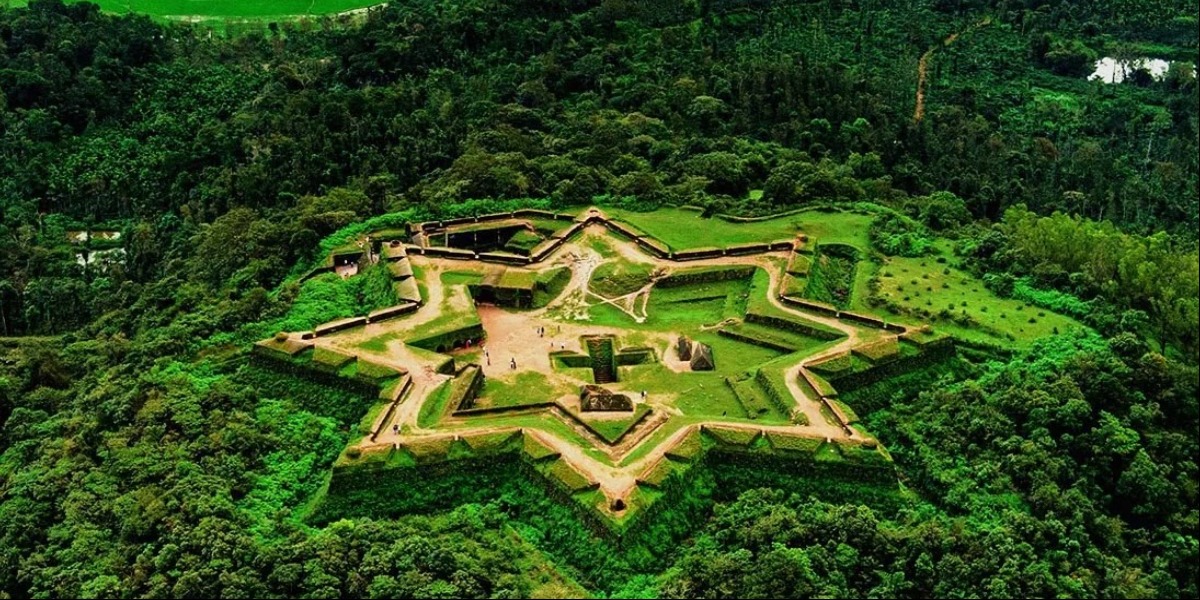
Sakleshpur, a charming hill station in Karnataka, is known for its lush coffee plantations, rolling hills, and pleasant climate. Nestled in the Western Ghats, it offers a perfect escape for nature lovers and adventure seekers. The town is surrounded by scenic spots like Manjarabad Fort, Bisle View Point, and the mesmerizing waterfalls of Magajahalli and Manjehalli.
The region is a paradise for trekkers, with trails leading through dense forests, plantations, and hilltops, offering breathtaking views. Sakleshpur is also rich in biodiversity, making it a great spot for birdwatching and photography. The serenity and greenery here make it an ideal weekend getaway from cities like Bangalore and Mangalore.
For those interested in history and culture, Sakleshpur also has ancient temples such as the Bettada Byraveshwara Temple and historic forts that tell tales of its past. Local cuisine, infused with flavors of coffee and spices, adds to the travel experience.
Best time to visit: October to March
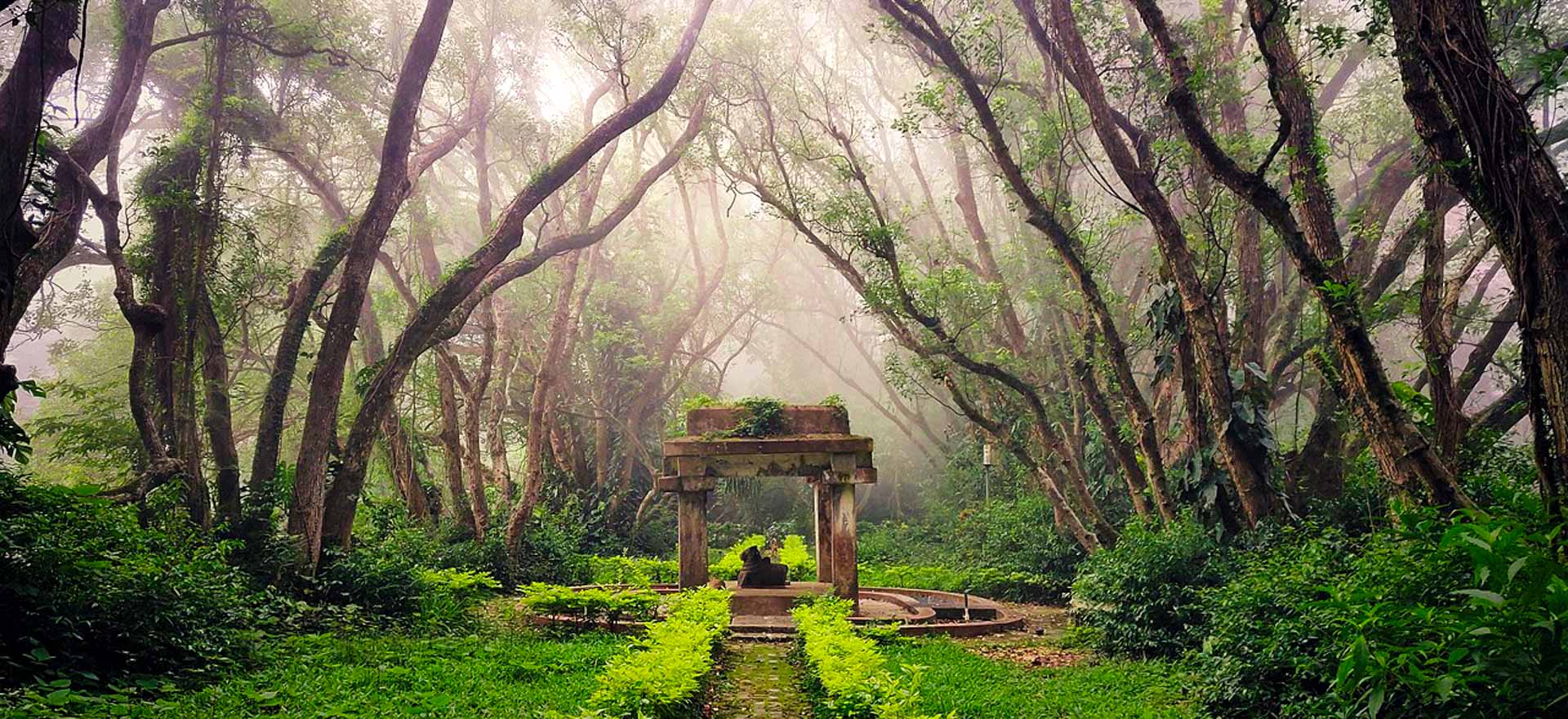
Nandi Hills, located near Bangalore in Karnataka, is a serene hill station famous for its breathtaking sunrise views and cool climate. Perched at an altitude of around 1,478 meters, it offers panoramic vistas of lush greenery and rolling hills. The hill is steeped in history, with attractions like Tipu Sultan’s Summer Residence, ancient temples, and fort walls that reflect its rich heritage.
The spot is popular among trekkers, cyclists, and photographers, thanks to its winding roads, scenic trails, and mist-covered landscapes in the mornings. The Nandi Temple and Amrita Sarovar are other notable attractions that add cultural and spiritual significance to the place. The cool breeze and tranquil environment make it a perfect escape from the hustle and bustle of city life.
Adventure lovers can also indulge in paragliding, while nature enthusiasts enjoy leisurely walks amidst the peaceful surroundings. The area’s pleasant weather makes it a year-round getaway, but the magical fog and cool breezes during winter make it extra special.
Best time to visit: September to February
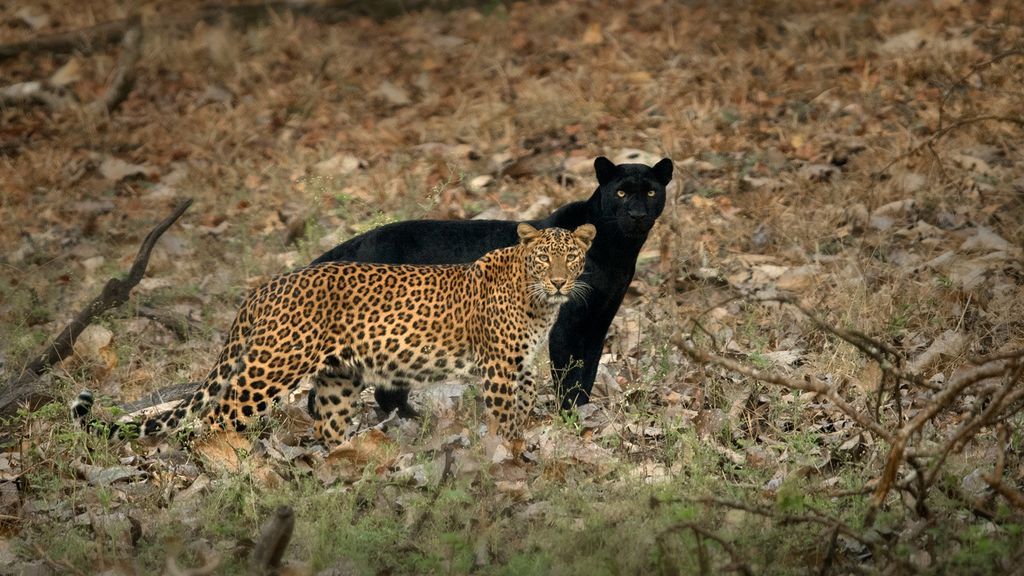
Kabini, located in Karnataka, is a paradise for nature lovers and wildlife enthusiasts. Situated along the banks of the Kabini River, it is part of the Nagarhole National Park and is famous for its rich biodiversity, including tigers, leopards, elephants, and countless bird species. The lush forests, tranquil backwaters, and sprawling grasslands make Kabini a perfect retreat for those seeking peace and adventure in the lap of nature.
One of the highlights of Kabini is the thrilling jungle safari, where visitors can explore the wilderness in jeeps or boats, spotting wild animals in their natural habitat. The Kabini River Lodge, a former hunting lodge of the Maharaja of Mysore, now offers a heritage stay with a touch of luxury amidst nature. Birdwatchers will also be delighted, as the area is home to over 250 species of birds.
Kabini is equally enchanting for its backwater landscapes, especially during sunset, when the sky turns golden and the calm waters mirror the surroundings. Many resorts here also offer nature walks, coracle rides, and photography tours for a complete wildlife experience.
Best time to visit: October to May
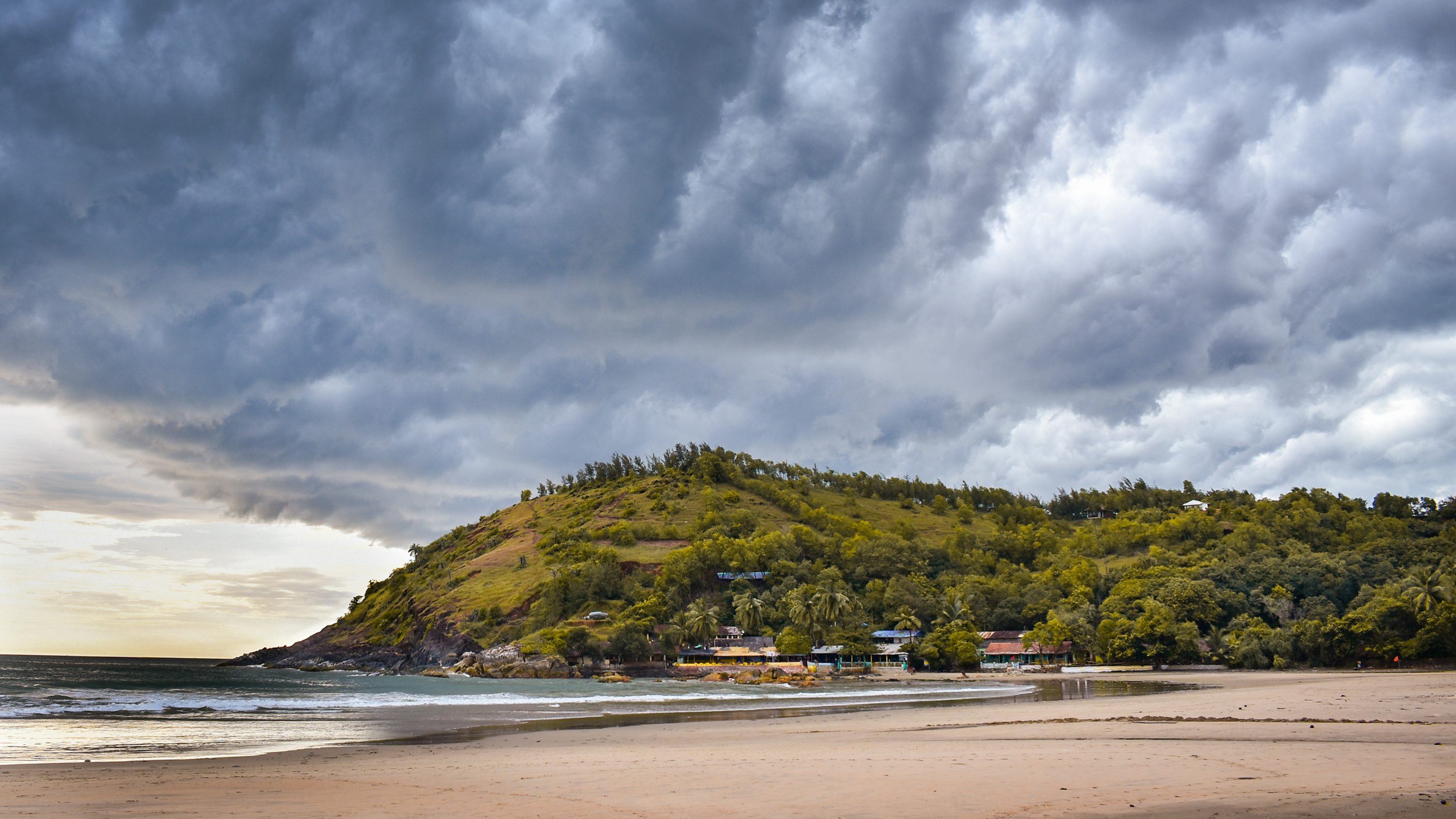
Gokarna, a serene coastal town in Karnataka, is a blend of spiritual charm and pristine beaches. Known for the famous Mahabaleshwar Temple dedicated to Lord Shiva, it attracts both pilgrims and travelers seeking peace. Unlike the bustling beaches of Goa, Gokarna offers a more relaxed vibe, making it perfect for those who love nature and tranquility.
Apart from its religious significance, Gokarna is renowned for its stunning beaches like Om Beach, Kudle Beach, Half Moon Beach, and Paradise Beach. These beaches are ideal for swimming, sunbathing, and even adventurous activities like trekking between the shores. The scenic trails offer breathtaking views of the Arabian Sea, making it a haven for backpackers and photographers.
The town also has a rich cultural essence, with local markets selling handicrafts, jewelry, and souvenirs. Visitors can enjoy fresh seafood, beach shacks, and peaceful evenings watching the sunset over the horizon. Its unspoiled charm makes it an ideal mix of adventure, relaxation, and spirituality.
During this time, the sea is calm, and the surroundings are lush after the monsoon, enhancing the beauty of the beaches. The pleasant climate also makes it perfect for trekking along the scenic coastal trails.
Best time to visit: October to March

Murudeshwar, located in Karnataka’s Uttara Kannada district, is famous for its towering statue of Lord Shiva, which stands at an impressive height of 123 feet, making it one of the tallest Shiva statues in the world. The temple, built on the Kanduka Hill and surrounded by the Arabian Sea on three sides, offers breathtaking panoramic views. The Raja Gopura at the entrance, standing tall with intricate carvings, adds to the grandeur of the site.
Apart from the temple, visitors can enjoy the pristine Murudeshwar Beach, known for its golden sands and water sports like scuba diving, snorkeling, and boating. The place also serves as a gateway to Netrani Island, a popular spot for marine adventures.
Murudeshwar is not just a spiritual destination but also a place of mythological significance. It is closely linked to the legend of the Atma Linga from the Ramayana era, where Ravana attempted to take the Linga to Lanka. This mythological connection makes the temple a sacred pilgrimage site for devotees from across the country. The evening aarti, with the sound of conch shells and the temple lit up against the dark sea, creates a mesmerizing and serene atmosphere.
Best time to visit: October to March
Chitradurga, located in Karnataka, is famous for its massive Chitradurga Fort, also known as “Kallina Kote” (Stone Fort), which is built across seven hills and is surrounded by seven layers of walls. The fort has a fascinating history dating back to the Chalukyas, Hoysalas, and Nayakas, and is known for its clever architecture, including secret passages, water storage systems, and strategic defense mechanisms. One of its most famous legends is that of Onake Obavva, a brave woman who single-handedly defended the fort against enemy soldiers using a pestle.
Apart from the fort, Chitradurga is surrounded by scenic hills, boulder-strewn landscapes, and ancient temples, making it a haven for history lovers, photographers, and trekkers. The town also has several archaeological sites and wind farms that add to its charm.
Visitors can also explore the Chandravalli caves, where excavations have revealed artifacts from various historical periods, and enjoy a panoramic view of the city from the fort’s highest points. The region’s rustic charm, combined with its historical depth, makes Chitradurga a perfect destination for a heritage trip.
Chitradurga is not just a historical site but also a place of natural beauty. The surrounding hills and landscapes offer numerous trekking opportunities, and the region is rich in flora and fauna, making it a great spot for nature enthusiasts.
Best time to visit: October to March
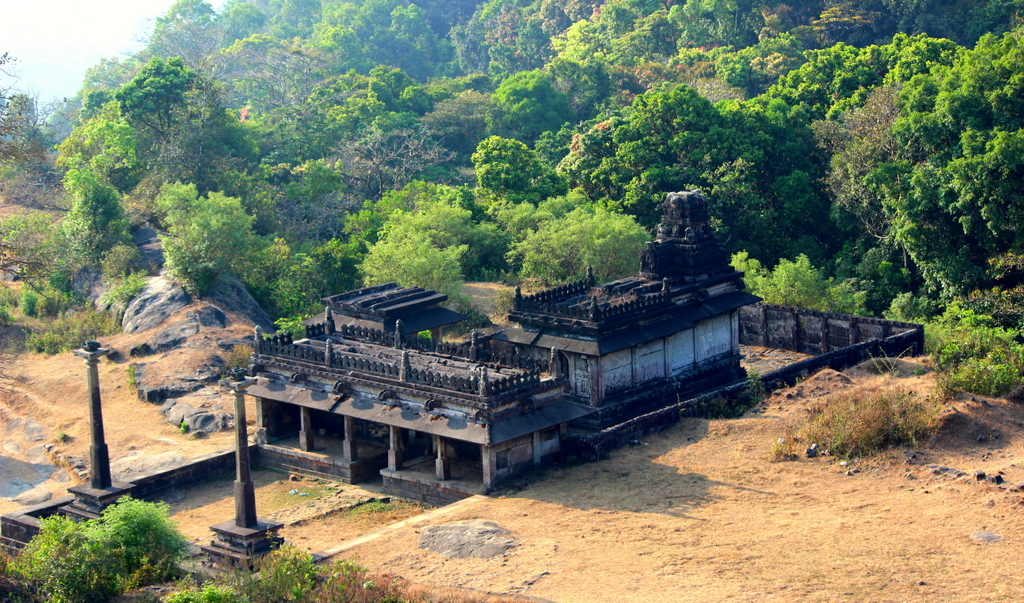
Kavaledurga Fort, located near Thirthahalli in Karnataka’s Shivamogga district, is a magnificent historical fort perched atop a hill at an altitude of around 1,541 meters. Built by the Keladi Nayakas in the 9th century and later expanded by King Shivappa Nayaka, the fort offers a glimpse into Karnataka’s rich architectural and military history. Surrounded by dense forests and rolling hills, the fort provides panoramic views of the Western Ghats and the surrounding valleys.
The fort complex is dotted with ancient structures, including palace ruins, temples, and water tanks, which reflect the strategic planning and grandeur of its time. Trekking to Kavaledurga is a rewarding experience, as the trail passes through scenic landscapes, streams, and thick greenery before opening up to the majestic ruins. The location is also a photographer’s delight, especially during sunrise or sunset, when the golden light enhances the fort’s charm.
Kavaledurga remains relatively untouched by commercialization, making it a peaceful spot for history lovers, trekkers, and nature enthusiasts alike. The quiet atmosphere, combined with the sound of rustling leaves and distant bird calls, makes exploring this fort a serene experience.
Best time to visit: October to February
